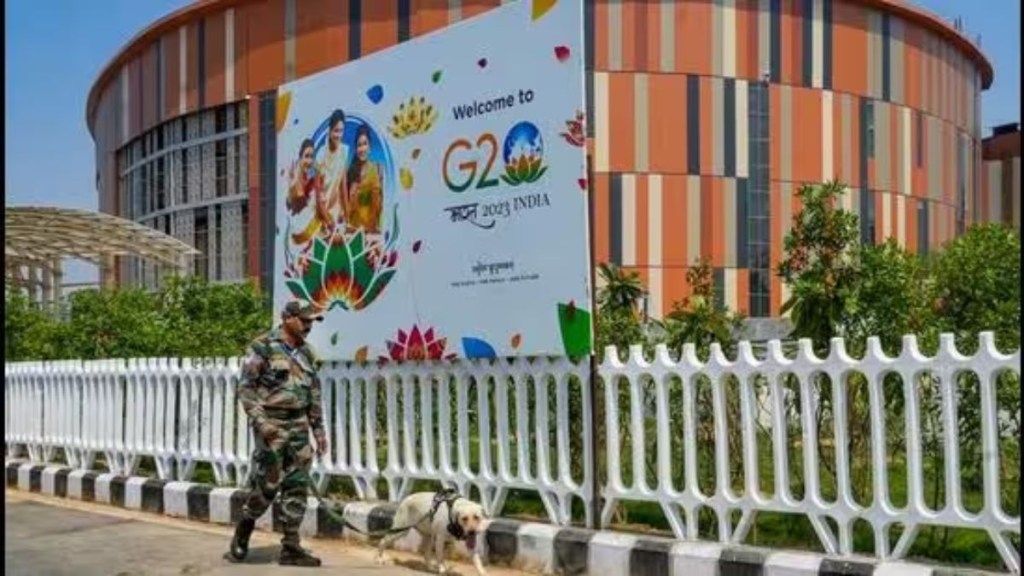The planning body of the Delhi Development Authority (DDA) on Wednesday (September 27) greenlit several pivotal projects aimed at enhancing the city’s transportation infrastructure.
These decisions encompassed multi-modal integration plans for metro stations at Tis Hazari, Rithala, and Seelampur, as well as a comprehensive walkability plan for the vicinity surrounding prominent landmarks such as Purana Qila, the ITPO complex, and Delhi Zoo.
Multi-modal integration plans for metro stations
These plans encompass interconnected street networks, street design, signalized and grade-separated street crossings, model interchange locations, and parking facilities for cycles, buses, auto rickshaws, and private cars, along with on-street parking, public toilets, lighting, hawker zones, signages, street maps, and public transport options to ensure seamless last-mile connectivity.
“Multi-modal integration plans of Tis Hazari, Rithala and Seelampur metro stations, incorporating interconnected street network, street design, signalised and grade separated street crossings, model interchange locations and parkings for cycles, buses, auto rickshaw and private car, etc., on street parking, public toilets, lighting, hawker zones, signages and street maps and public transport to ensure last mile connectivity were also approved,” the statement said.
Key decisions of 68th Governing Body Meeting of UTTIPEC
The decisions were made during the 68th Governing Body Meeting of the Unified Traffic and Transportation Infrastructure (Planning & Engineering) Centre (UTTIPEC), chaired by Delhi’s Lieutenant Governor, V K Saxena.
Additionally, the meeting gave the green light to the construction of road overbridges (ROBs) at railway level crossings number 12 and 18 in Kirari and Ghevra, respectively, as well as a road underbridge (RUB) at Narela Mandi railway level crossing number 16 in Narela.
The projects aim to alleviate traffic congestion caused by frequent railway crossings, with some stretches experiencing up to 100 trains passing each day, leading to substantial traffic jams, delays, and air pollution.
Lt. Governor Saxena emphasised the importance of incorporating the latest international technologies into project formulation and finalisation by UTTIPEC. Saxena stressed the need for comprehensive prospective planning, considering projected traffic volumes, population growth, and residential areas before approving proposals. Saxena also directed that all future projects submitted for approval should include fixed timelines for their implementation.
Improving overall mobility in city
The decisions made during this meeting are expected to have a significant impact on reducing traffic congestion, enhancing traffic flow, promoting pedestrian-friendly environments, encouraging cycling, and improving overall mobility in the city, according to officials.
These measures are particularly crucial in densely populated areas of northwest Delhi, including Kirari, Kanjhawala, Ghevra, Bawana, and neighboring Bahadurgarh, where traffic issues have been a longstanding concern.
Additionally, discussions during the meeting also covered the progress of the Mandi Road Project, which involves road widening and land acquisition processes to ease traffic in the city further.
